Digital Trunked Radio Systems (DTRS) are an advanced form of ground-to-ground radio communication designed to efficiently coordinate among multiple users through a central system control. DTRS supports frequency management by assigning specific frequencies to a particular group of users, ensuring seamless operation over wide areas and across numerous clients.
Key Features of DTRS:
-
Centralized Control: The core of DTRS is its central system control, which oversees the entire communication network. This central control allocates frequencies dynamically, optimizing the use of available channels and minimizing interference.
-
Efficient Frequency Management: One of the standout features of DTRS is its ability to manage frequencies efficiently. By dynamically assigning frequencies based on the needs of specific user groups, DTRS ensures that communication is clear and uninterrupted, even in areas with high user density.
-
Wide Area Coverage: DTRS is designed to cover wide areas, making it ideal for organizations that require extensive communication networks. Whether it’s for emergency services, public safety, transportation, or large industrial operations, DTRS provides reliable coverage over vast geographical regions.
-
Group Communication: DTRS supports group communication, allowing users to communicate with all members of a specific group simultaneously. This feature is particularly useful for coordinated efforts, such as in emergency response situations where quick and reliable group communication is crucial.
-
Scalability: As organizations grow and their communication needs expand, DTRS can scale to accommodate more users and larger areas. This scalability ensures that the system remains effective and efficient, regardless of the size of the user base or the coverage area.
Applications of DTRS:
-
Emergency Services: DTRS is extensively used by police, fire departments, and medical emergency services to ensure coordinated and efficient responses to emergencies. The ability to manage frequencies and support group communication makes it an invaluable tool for public safety.
-
Public Transportation: In the realm of public transportation, DTRS enables seamless communication between vehicles and control centers, ensuring smooth operations and quick responses to any issues that may arise.
-
Industrial Operations: Large industrial complexes, such as factories and refineries, use DTRS to maintain clear and reliable communication among workers, improving safety and operational efficiency.
-
Utility Services: Utility companies, including those in the power and water sectors, use DTRS to manage field operations and coordinate maintenance and repair activities over wide areas.
Conclusion:
Digital Trunked Radio Systems (DTRS) offer a robust and efficient solution for ground-to-ground radio communication across wide areas and among numerous users. With its centralized control, efficient frequency management, and support for group communication, DTRS is essential for various sectors that require reliable and scalable communication systems. Whether for emergency services, public transportation, industrial operations, or utility services, DTRS ensures that communication is clear, coordinated, and efficient.

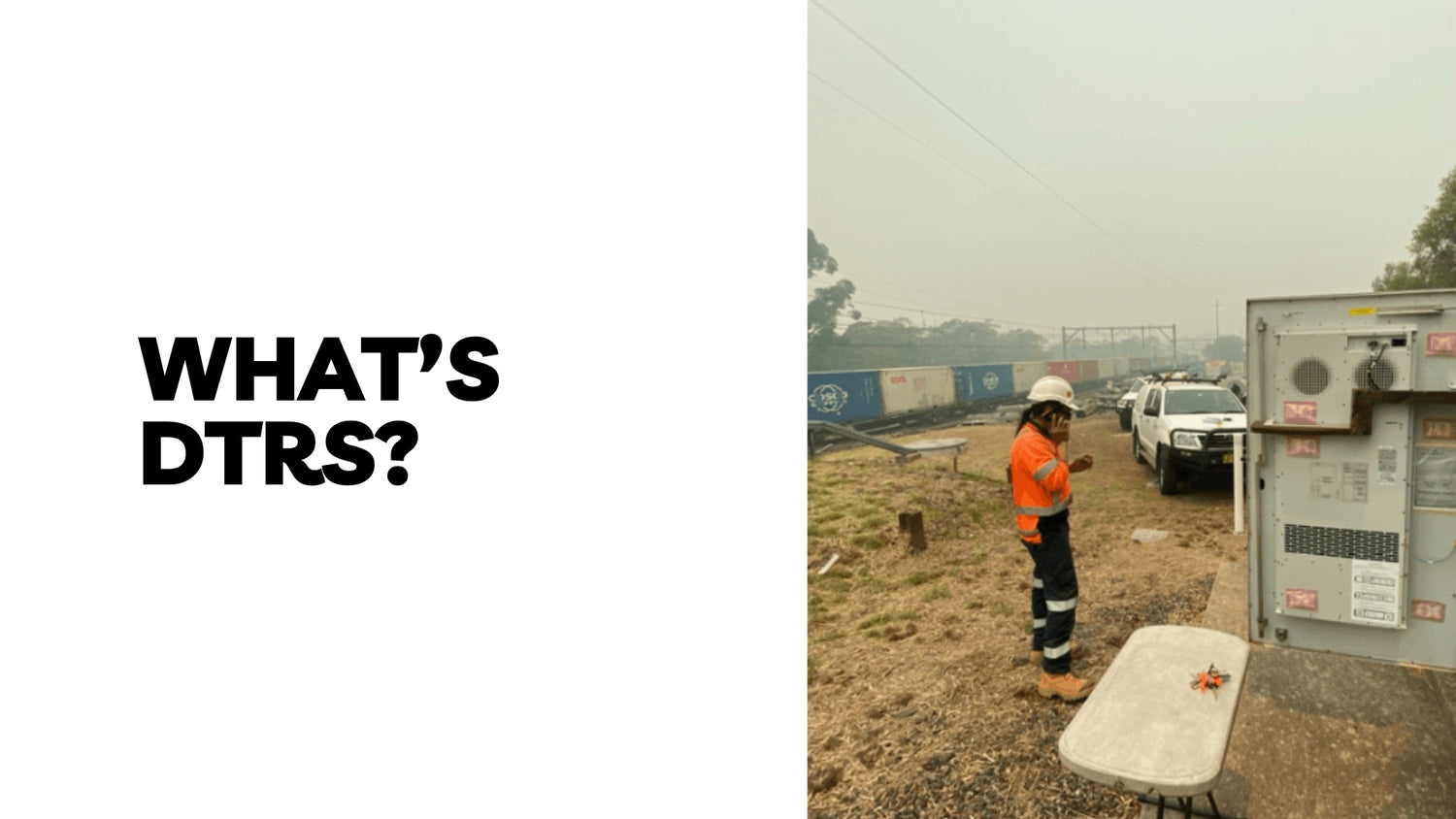

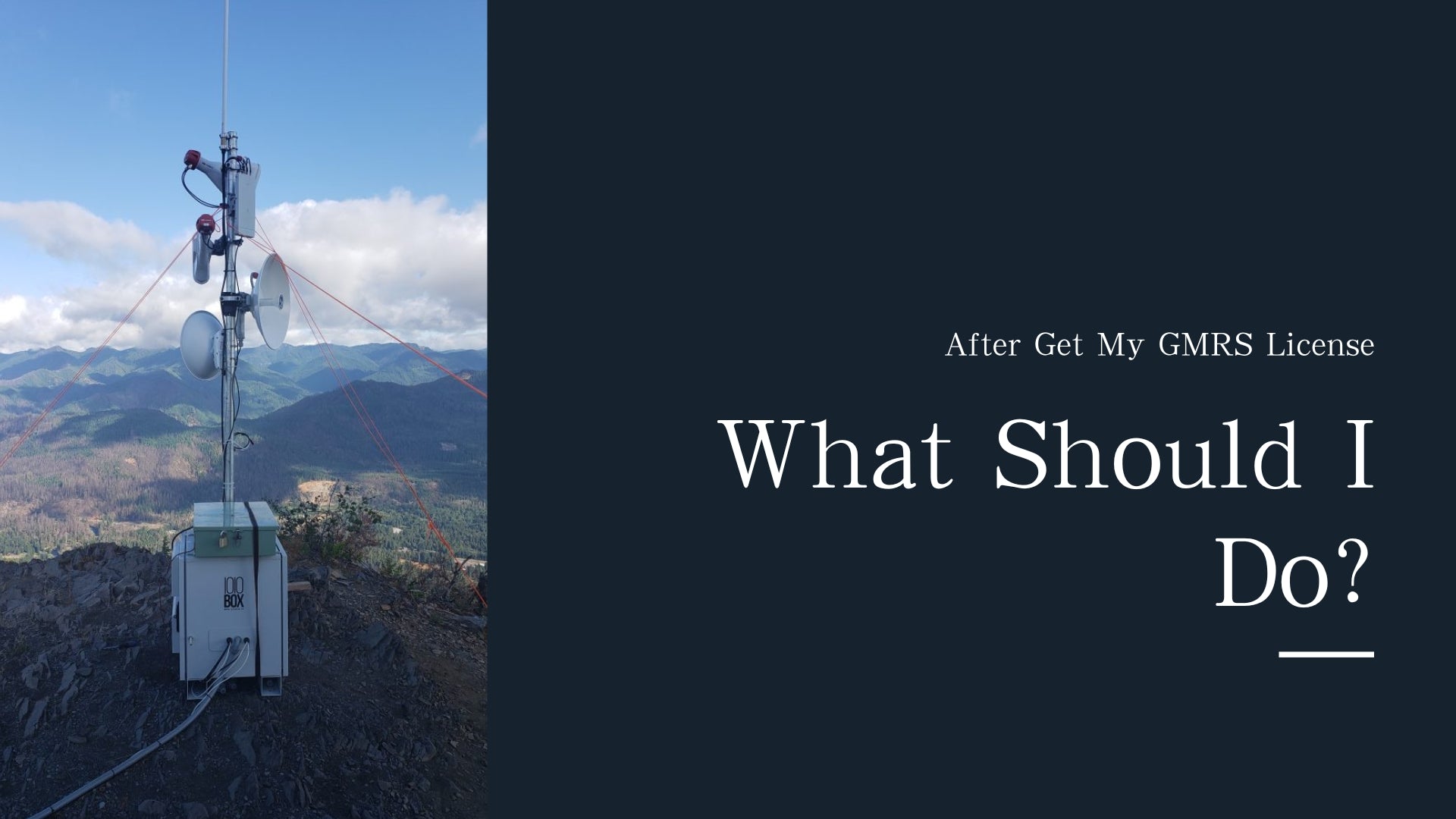
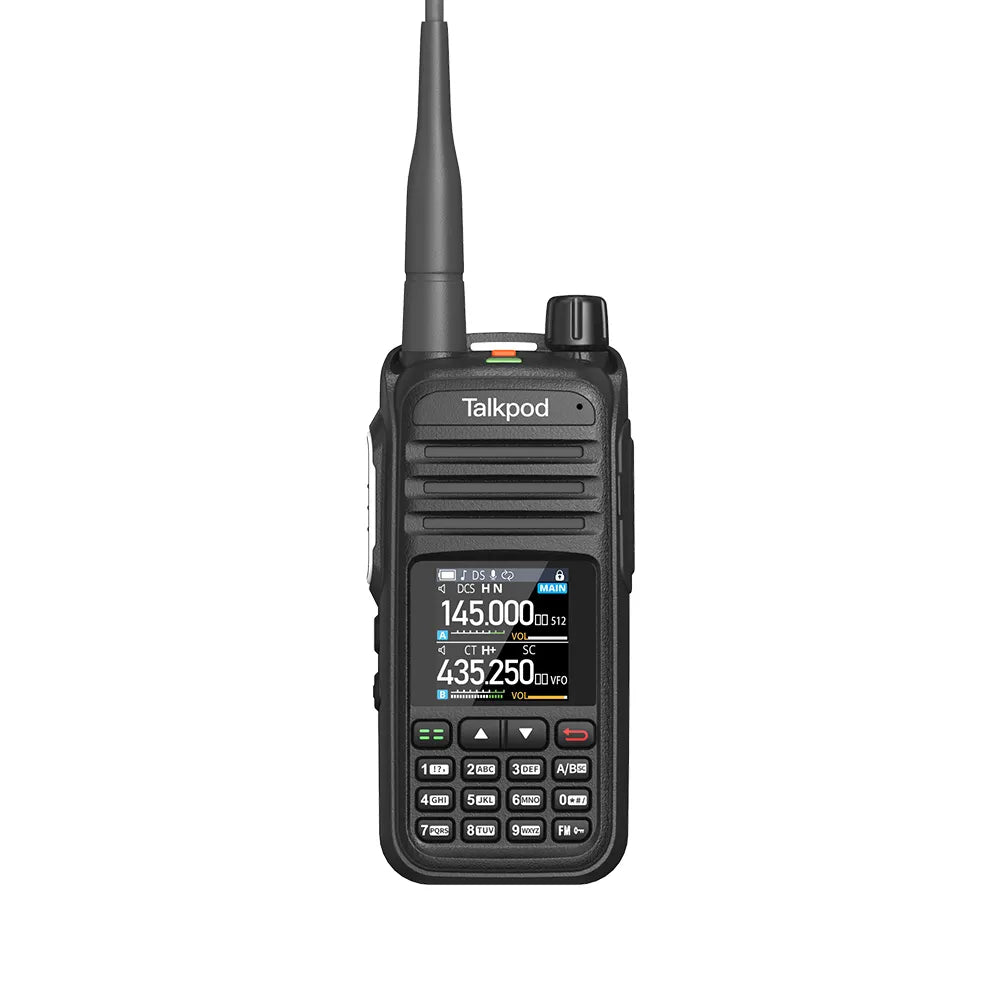
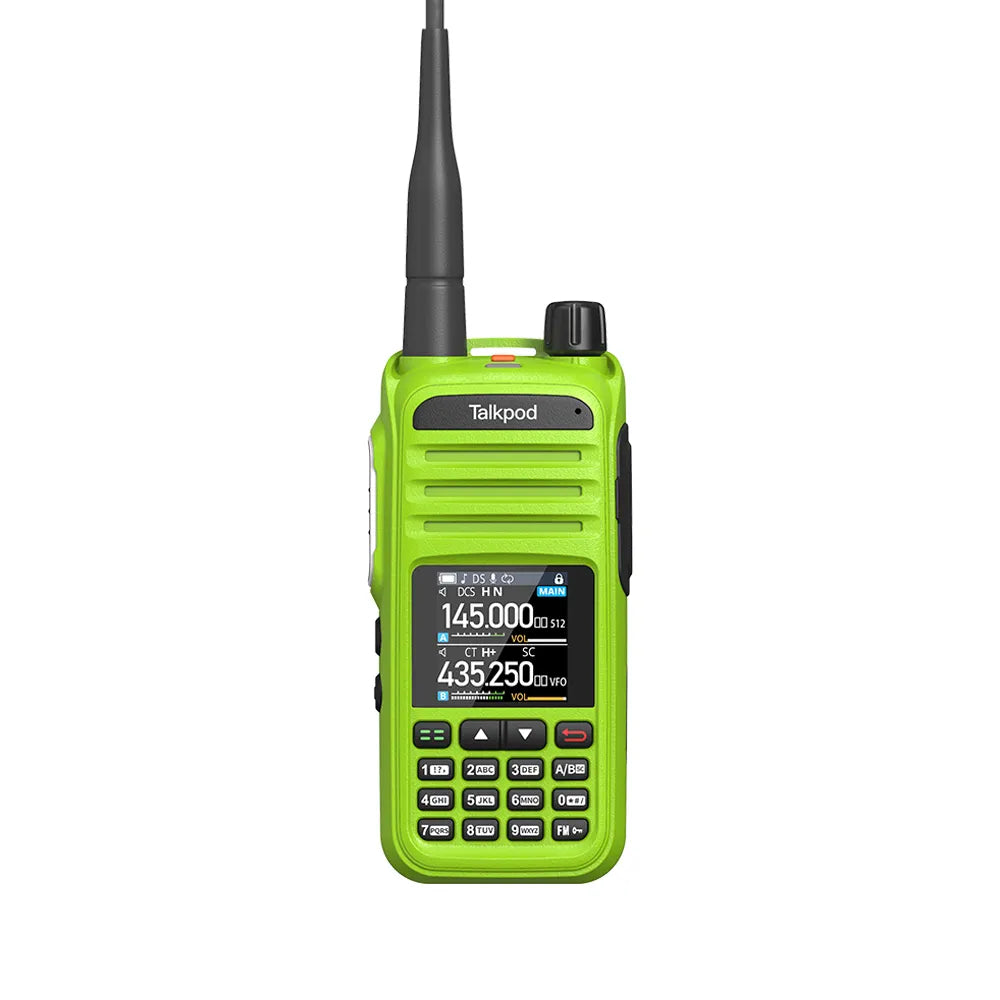
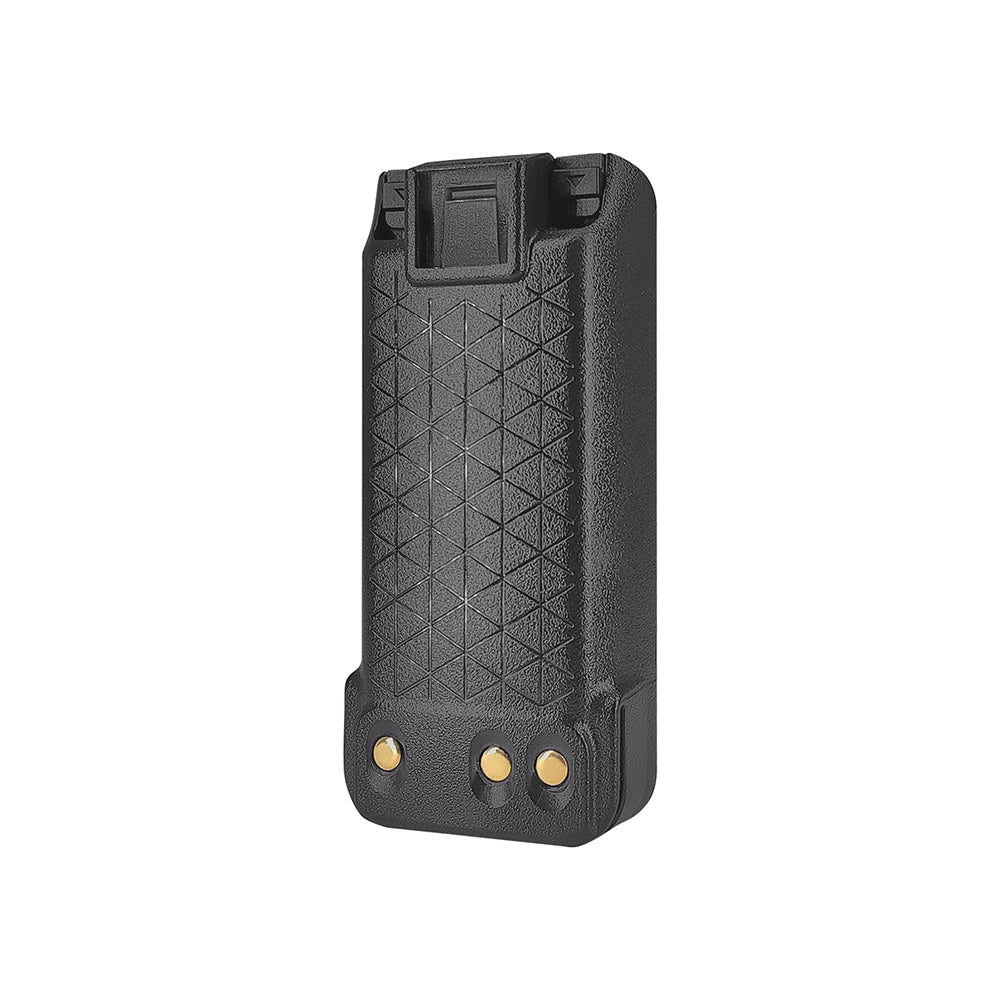
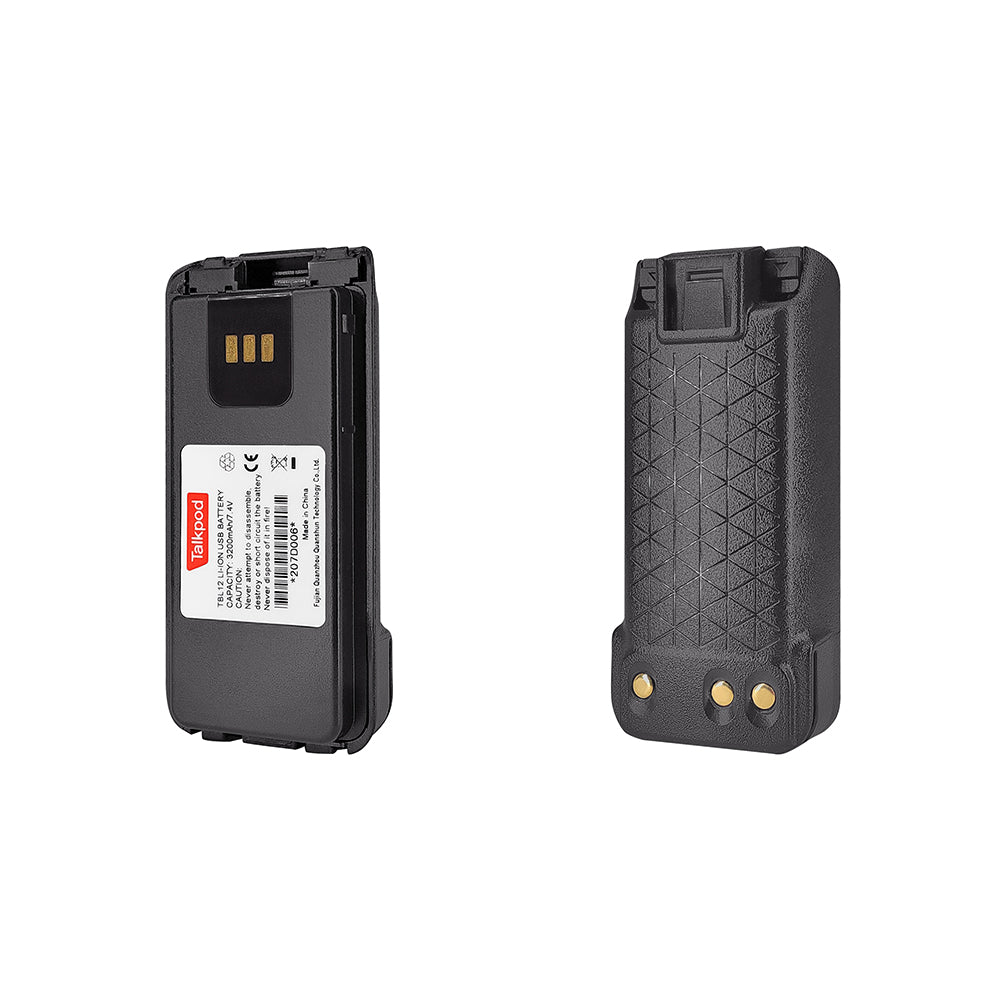
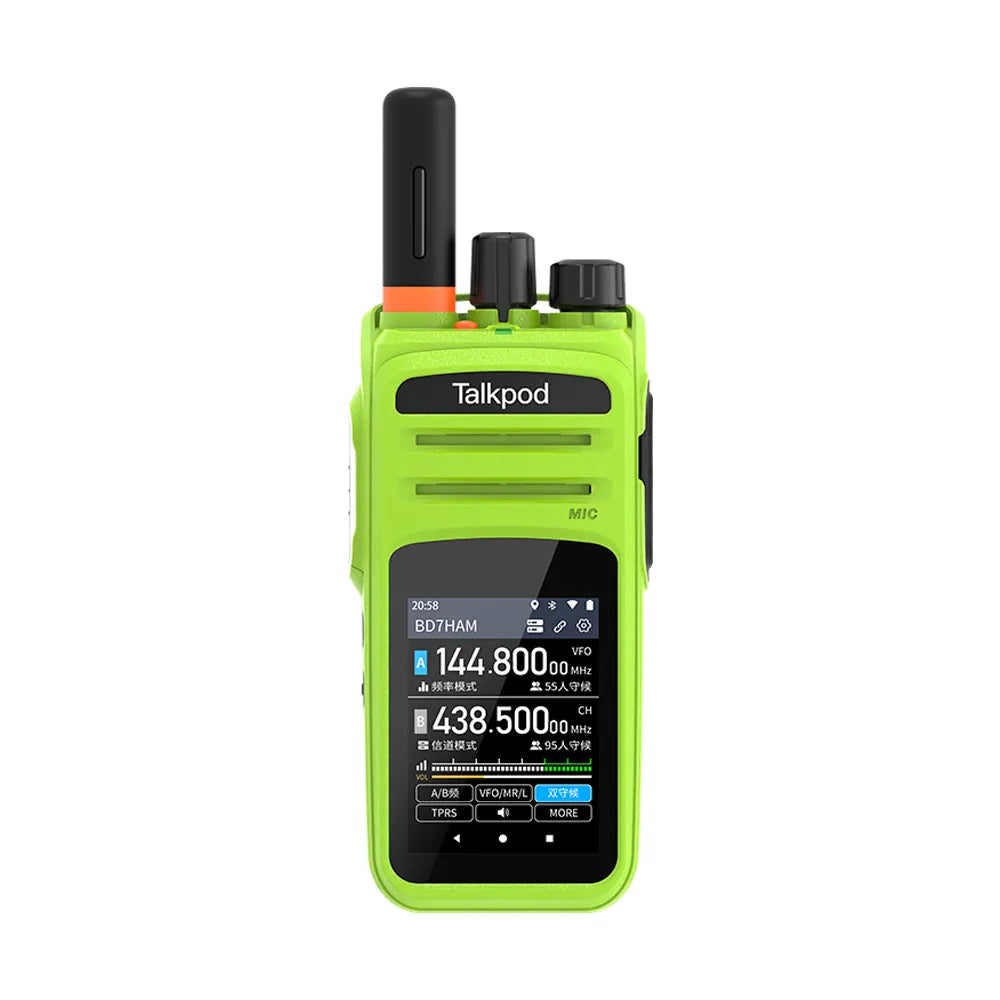
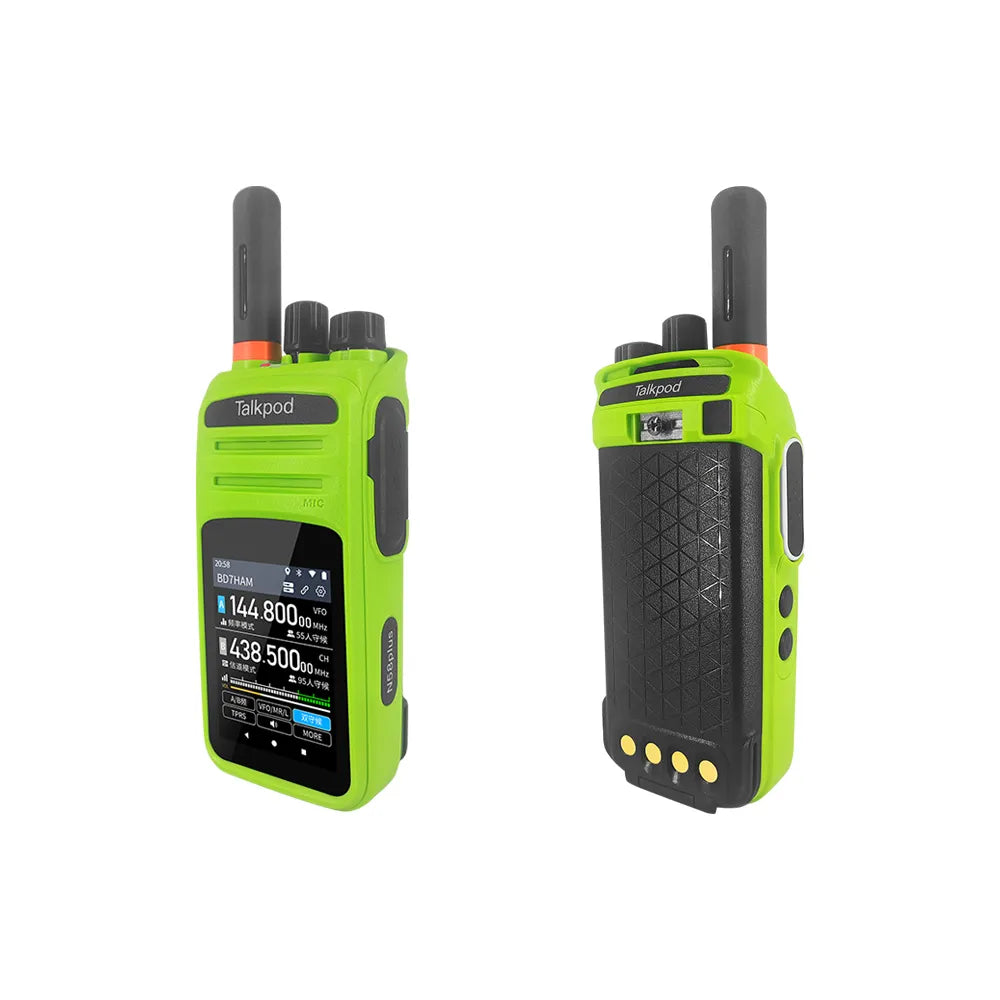
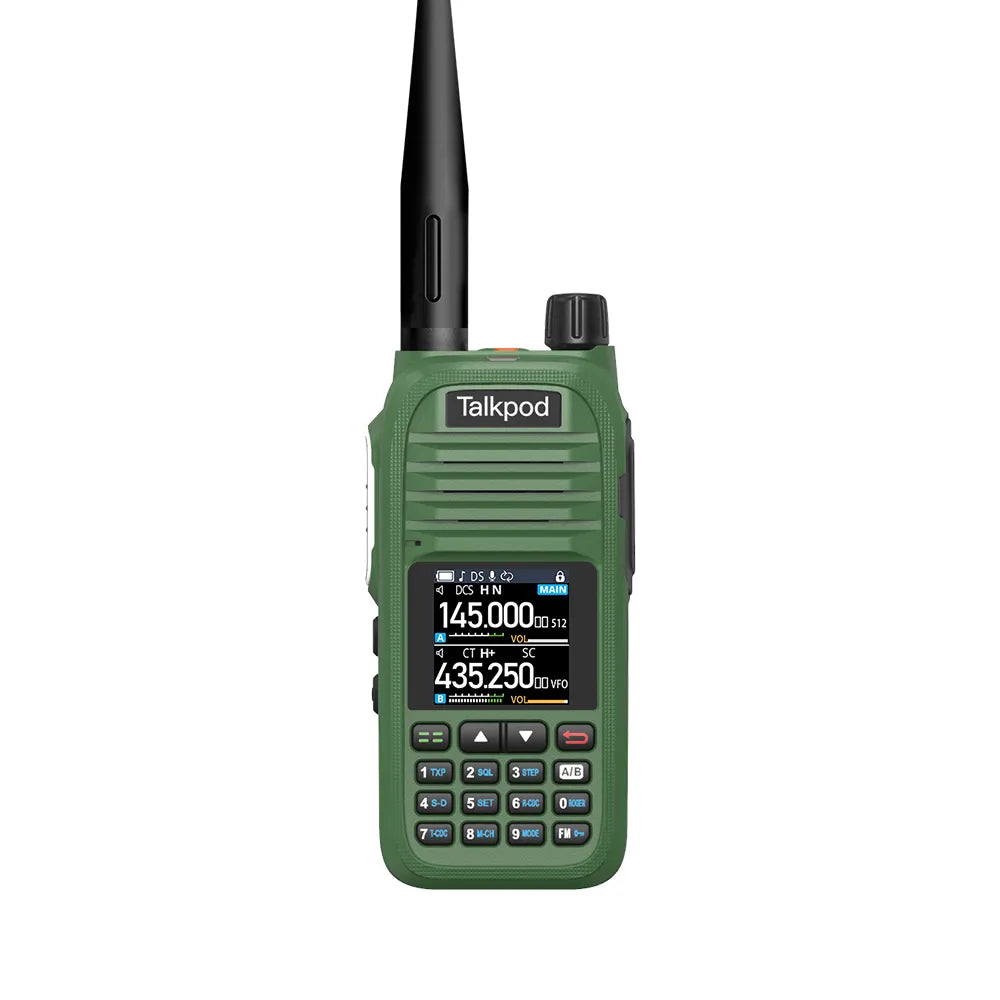
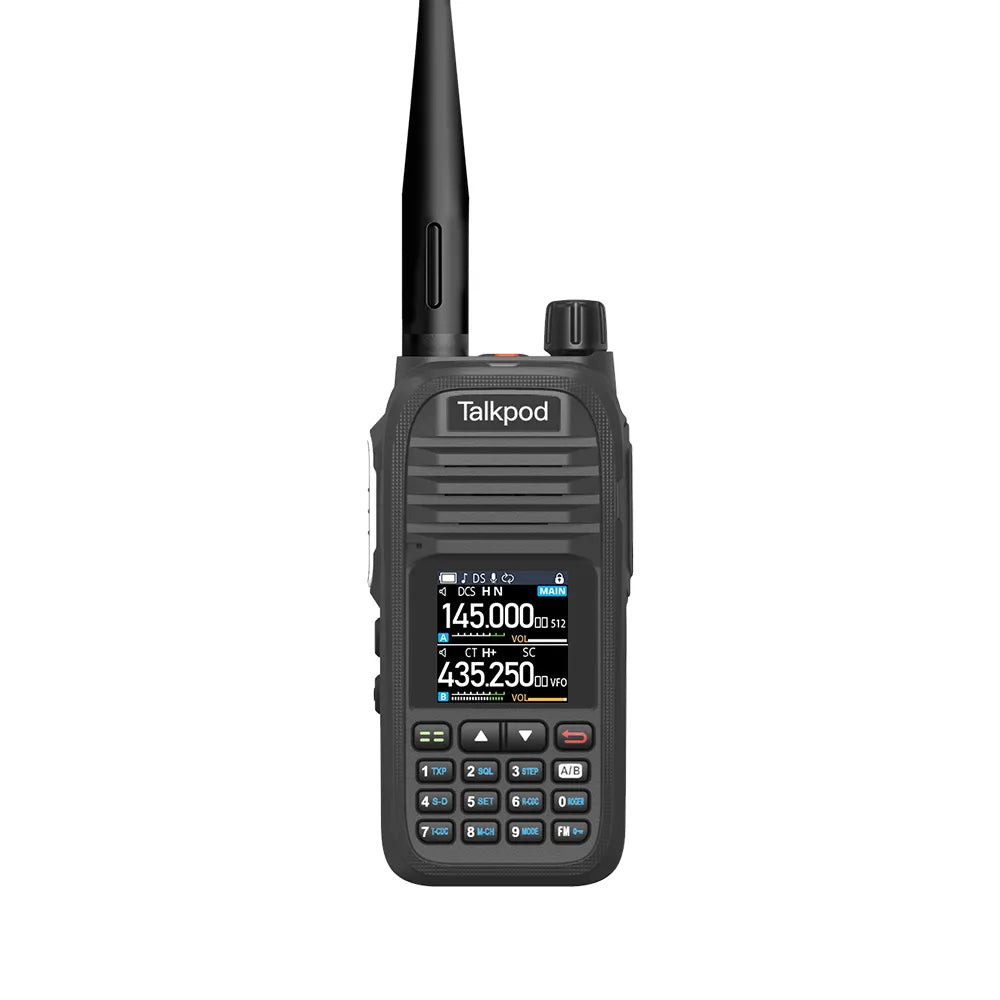
Leave a comment
All comments are moderated before being published.
This site is protected by hCaptcha and the hCaptcha Privacy Policy and Terms of Service apply.